Have you ever watched your sweet pup suddenly snarl or snap and wondered, “Where did that come from?” It’s a moment that can send your heart racing and leave you feeling worried or even betrayed. But what if we told you that many aggressive behaviors in dogs are actually rooted in fear, not anger or dominance? That’s right—behind those bared teeth and tense bodies, many dogs are simply terrified. Understanding this can be a total game-changer, both for your peace of mind and for your dog’s well-being. Let’s dig into the telltale signs that your dog’s aggression is actually a cry for help—and what you can do to help your best friend feel safe again.
1. Quick, Sudden Reactions to Triggers
When a dog growls, snaps, or lunges, it’s easy to assume they’re simply being aggressive—but often, those reactions are rooted in something much deeper: fear. Fear-based aggression is a misunderstood behavior that can be mistaken for dominance or defiance, when in reality, your dog may be feeling overwhelmed, threatened, or unsure of how to cope. Understanding the difference is not only essential for your dog’s well-being—it’s also key to building a safer, more trusting relationship.
One of the clearest signs that your dog’s aggression is fear-based is how quickly it appears. Imagine your pup is calm, then suddenly a stranger approaches, and your dog lunges or snaps out of nowhere. This rapid, almost reflexive reaction is often rooted in fear. Dogs who are genuinely angry or dominant usually show warning signs first, like stiffening or growling. In contrast, a fearful dog’s aggressive outburst can be like flipping a switch. It’s as if your dog’s brain is screaming, “I’m scared—get away!” These split-second reactions are usually triggered by something specific, like loud noises, unfamiliar people, or other animals. Recognizing this pattern can help you understand your dog isn’t trying to be mean—they just feel trapped and scared.
2. Avoidance Behavior Before Aggression
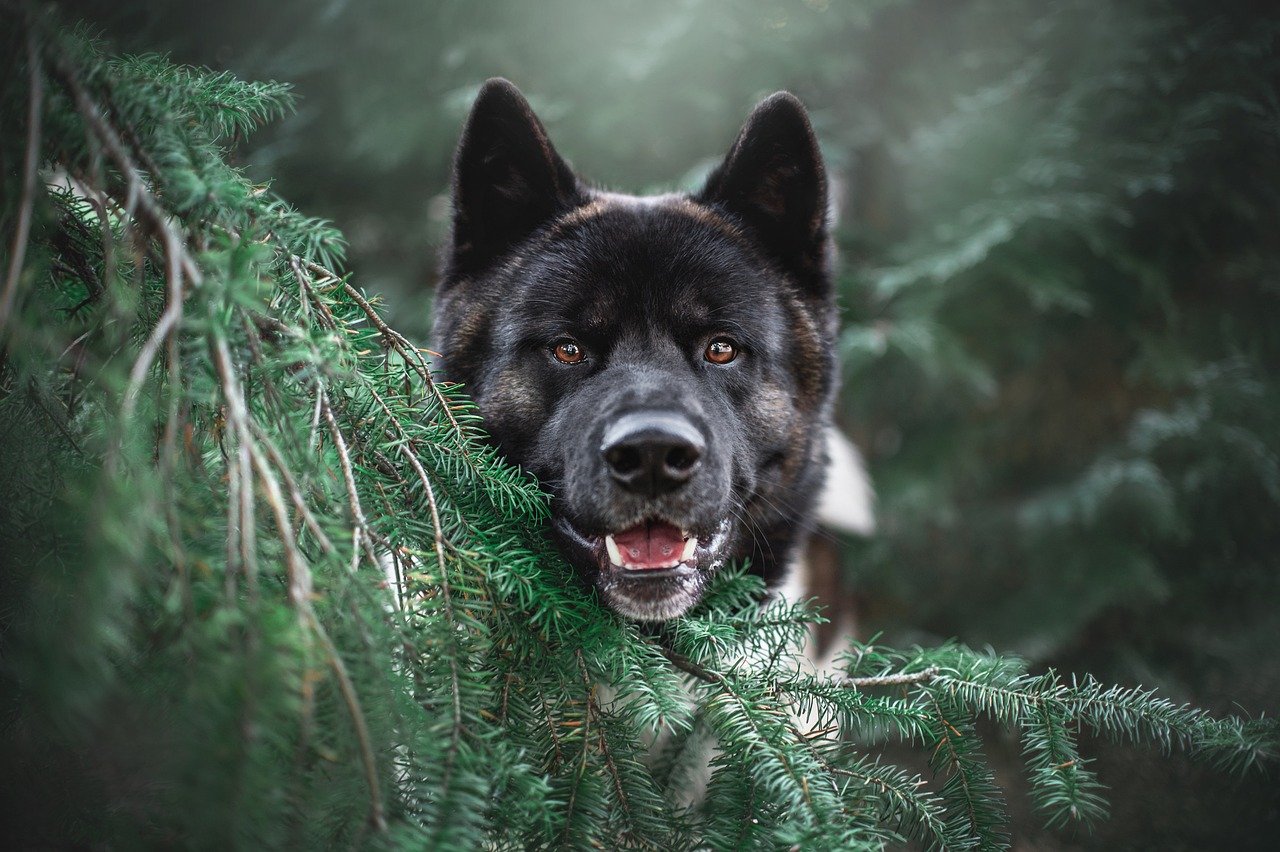
Before a fearful dog acts out, you might notice them trying to escape the situation. Maybe they duck behind your legs, hide under furniture, or try to pull away on the leash. This is your dog’s way of saying, “I don’t want to deal with this!” If their attempts to escape don’t work, aggression can follow as a last resort. Think of it as a cornered animal with nowhere left to run. Dogs that are dominant or territorial usually stand their ground, while fearful dogs will do anything to avoid a confrontation until they feel they have no choice. Watching for these subtle cues gives you a chance to intervene before things escalate.
3. Body Language: Tucked Tails and Flattened Ears
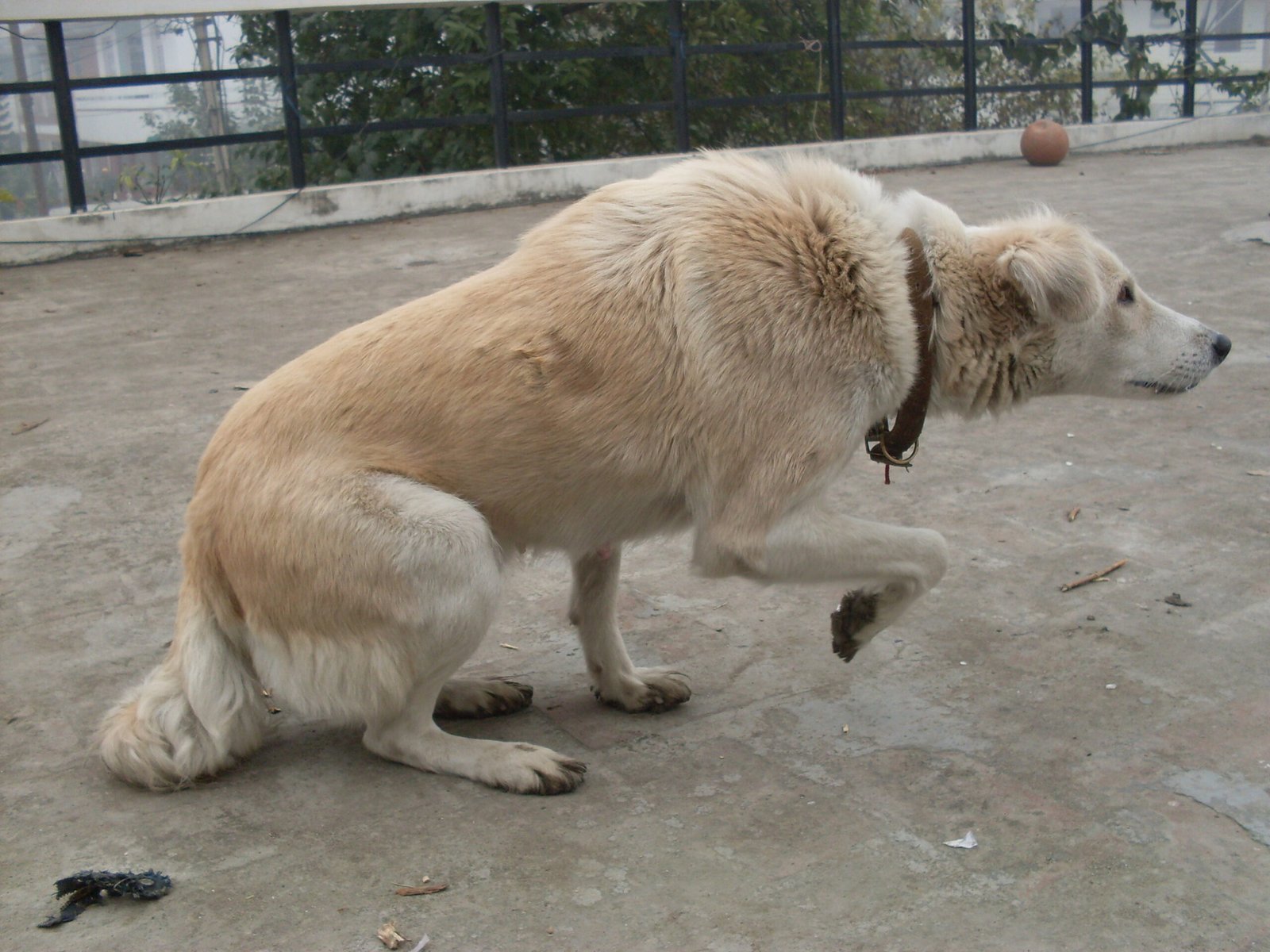
A dog’s body tells a story, and with fear-based aggression, the tale is easy to read if you know the signs. Look for a tail tucked tightly between the legs, ears pinned flat against the head, and hunched posture. These are classic signals of fear. In contrast, a dog who is confident or challenging will stand tall, with a raised tail and alert ears. Sometimes, a fearful dog will even tremble or crouch low to the ground, trying to make themselves as small as possible. These physical signs are your dog’s way of broadcasting their discomfort, hoping the scary thing will just go away.
4. Growling or Snapping When Cornered
Fearful dogs often become aggressive when they feel cornered or trapped. This could happen when someone reaches over them, blocks their path, or invades their personal space. The growl or snap isn’t about wanting to hurt someone—it’s a desperate attempt to create distance and protect themselves. Think about how you might react if someone crowded you in a small space and wouldn’t let you leave. Growling and snapping are your dog’s “back off!” signals, and they usually mean your dog feels there’s no other way out. Respecting these warnings and giving your dog space can prevent situations from spiraling.
5. Aggression Towards Specific People or Situations
Does your dog only show aggression around certain people, like men with hats or children, or in specific settings, like the vet’s office? This kind of targeted aggression is often based on fear. Maybe your dog had a bad experience in the past, or maybe they just find certain sights, sounds, or smells overwhelming. Unlike general aggression, which shows up everywhere, fear-based aggression is usually linked to a particular trigger. Identifying these patterns can help you avoid those triggers or slowly help your dog build confidence in those situations.
6. Trembling, Panting, or Drooling During Aggressive Episodes
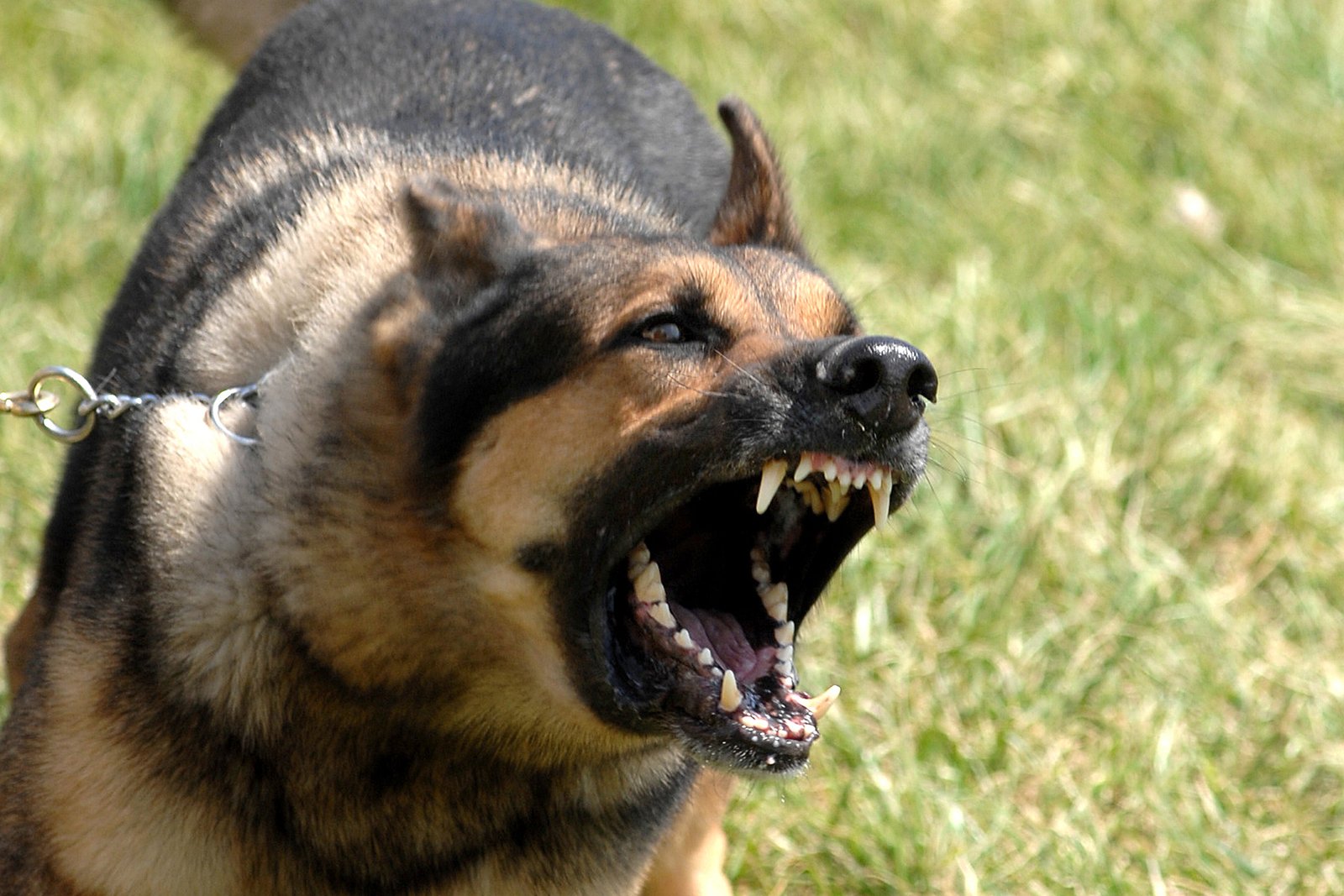
Physical signs of stress often go hand-in-hand with fear-based aggression. When your dog is scared, you might notice them trembling, panting heavily, or drooling excessively—sometimes even before any outward aggression appears. These symptoms are similar to what people feel during a panic attack. They’re telltale signs your dog is deeply uncomfortable and on edge. If you see these behaviors before or during an aggressive outburst, it’s a strong clue that fear is at the root of the problem, not anger or dominance.
7. Aggression Only When Approached, Not When Approaching
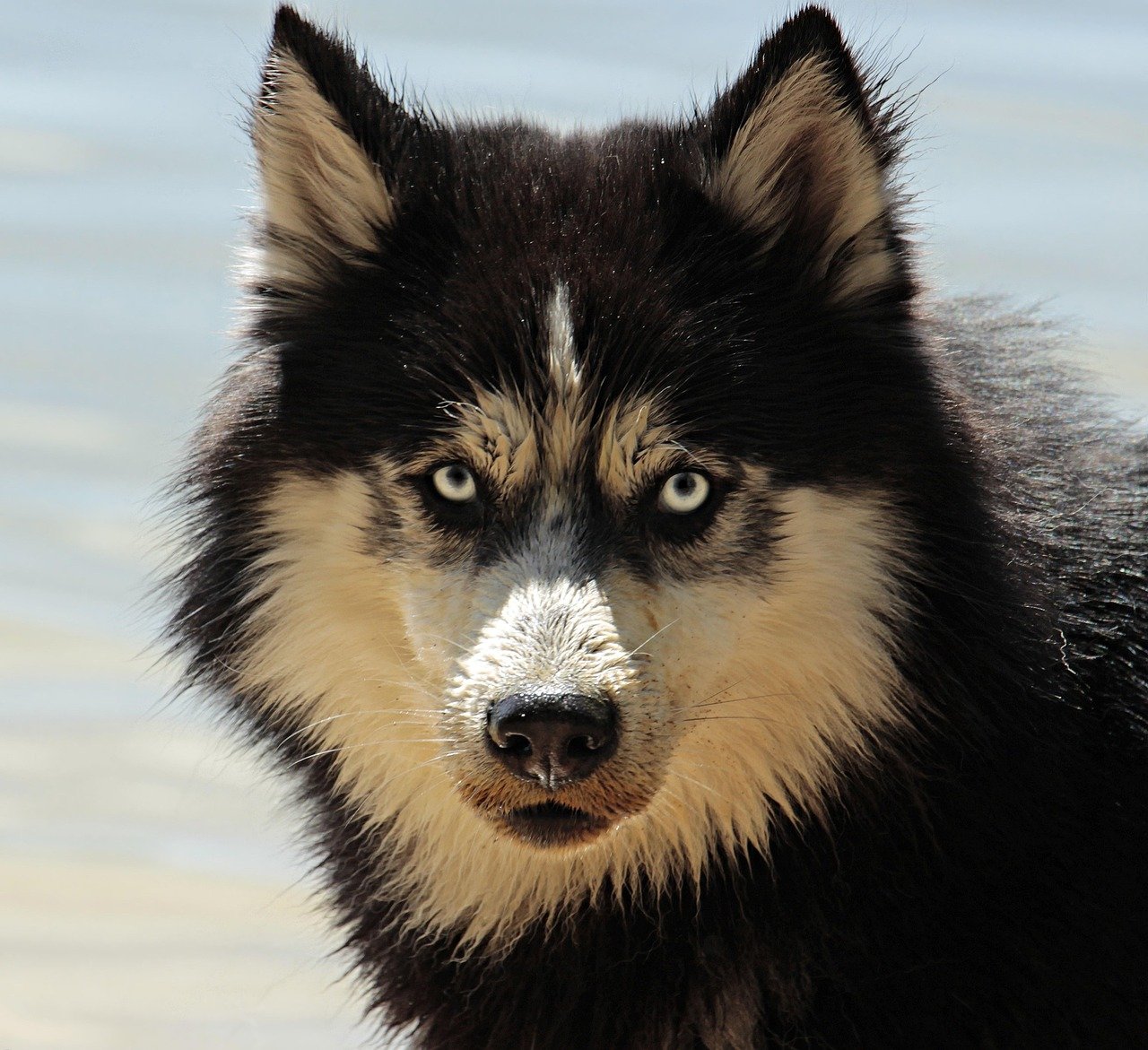
A dog with fear-based aggression often lashes out when someone comes toward them, rather than when they’re the one moving forward. For example, your dog might bark, growl, or snap if a stranger tries to pet them, but ignore passersby if left alone. This defensive posture is all about self-protection. Your dog isn’t looking for a fight—they’re just scared of what might happen if someone gets too close. In contrast, dogs with other types of aggression might actively seek out confrontation or assert themselves over others. Understanding this difference can help you manage your dog’s environment to prevent unnecessary stress.
8. Aggression Disappears When the Trigger Is Removed
One of the most telling signs of fear-based aggression is how quickly your dog returns to normal once the scary thing is gone. If your pup growls at the vacuum cleaner but goes back to wagging their tail when it’s put away, fear is likely the cause. This “switching off” of aggression is a relief to see—it means your dog isn’t aggressive at heart, just scared in certain situations. Recognizing this can help you feel more compassionate and patient as you work to build your dog’s confidence.
What You Can Do to Help Your Fearful Dog
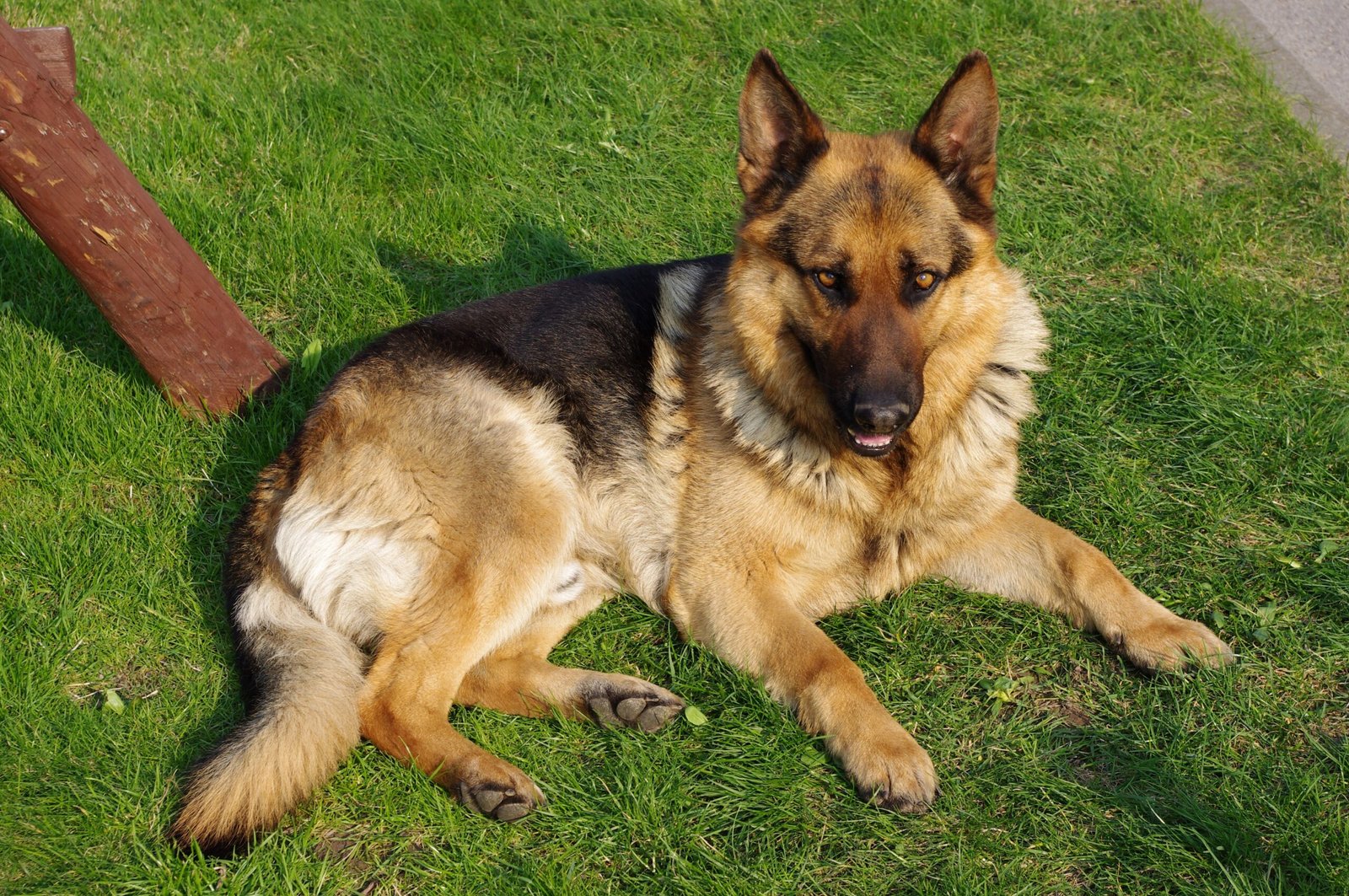
If you recognize your dog in these signs, it’s time to take action—not with punishment, but with compassion and understanding. The first step is to identify what scares your dog and try to avoid or minimize those triggers when possible. Gradually desensitizing your dog to their fears, using treats and praise, can help them learn that the scary thing isn’t so bad after all. Patience is key—progress might be slow, but every small step counts. For more severe cases, working with a professional trainer or behaviorist can make all the difference. Remember, your dog looks to you for safety and comfort. With your support, even the most fearful pup can learn to feel secure and loved.
Jen is a passionate nature lover and ocean conservationist. She has dedicated her life to protecting the environment and preserving the beauty of the natural world. Growing up in a small coastal town, Jen sincerely appreciated the ocean and its inhabitants. She has spent countless hours exploring the shoreline, learning about the creatures that inhabit the waters, and advocating for their protection. Jen is an active member of ocean conservation organizations, and she is committed to educating the public about the importance of conserving wildlife and the natural environment.






